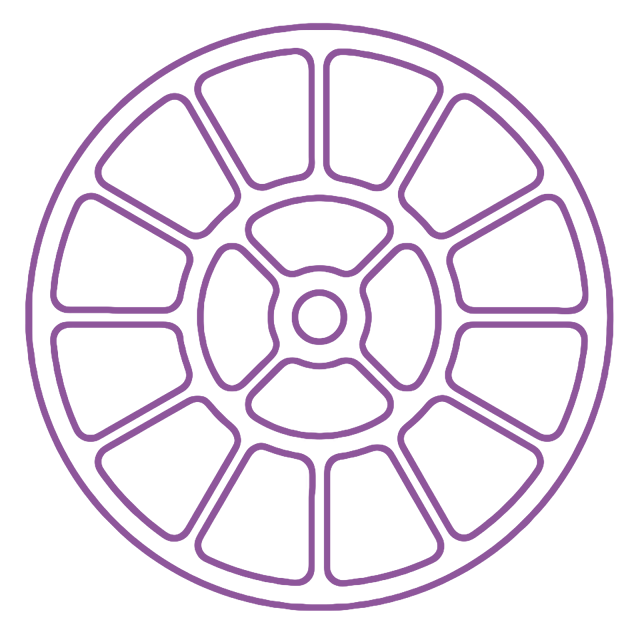Sri Aurobindo was born in Calcutta on 15 August 1872. In 1879, at the age of seven, he was taken with his two elder brothers to England for education and lived there for fourteen years. Brought up at first in an English family at Manchester, he joined St. Paul's School in London in 1884 and in 1890 went from it with a senior classical scholarship to King's College, Cambridge, where he studied for two years. In 1890 he passed also the open competition for the Indian Civil Service, but at the end of two years of probation failed to present himself at the riding examination and was disqualified for the Service. At this time the Gaekwar of Baroda was in London. Aurobindo saw him, obtained an appointment in the Baroda Service and left England for India in January 1893.
In 1914 after four years of silent Yoga he began the publication of a philosophical monthly, the Arya. Most of his more important works, The Life Divine, The Synthesis of Yoga, Essays on the Gita, The Isha Upanishad, appeared serially in the Arya. These works embodied much of the inner knowledge that had come to him in his practice of Yoga. Others were concerned with the spirit and significance of Indian civilisation and culture (The Foundations of Indian Culture), the true meaning of the Vedas (The Secret of the Veda), the progress of human society (The Human Cycle), the nature and evolution of poetry (The Future Poetry), the possibility of the unification of the human race (The Ideal of Human Unity). At this time also he began to publish his poems, both those written in England and at Baroda and those, fewer in number, added during his period of political activity and in the first years of his residence at Pondicherry. The Arya ceased publication in 1921 after six years and a half of uninterrupted appearance.
Sri Aurobindo lived at first in retirement at Pondicherry with four or-five disciples. Afterwards more and yet more began to come to him to follow his spiritual path and the number became so large that a community of sadhaks had to be formed for the maintenance and collective guidance of those who had left everything behind for the sake of a higher life. This was the foundation of the Sri Aurobindo Ashram which has less been created than grown around him as its centre.
Sri Aurobindo began his practice of Yoga in 1904. At first gathering into it the essential elements of spiritual experience that are gained by the paths of divine communion and spiritual realisation followed till now in India, he passed on in search of a more complete experience uniting and harmonising the two ends of existence. Spirit and Matter. Most ways of Yoga are paths to the Beyond leading to the Spirit and, in the end, away from life; Sri Aurobindo's rises to the Spirit to redescend with its gains bringing the light and power and bliss of the Spirit into life to transform it. Man's present existence in the material world is in this view or vision of things a life in the Ignorance with the Inconscient at its base, but even in its darkness and nescience there are involved the presence and possibilities of the Divine. The created world is not a mistake or a vanity and illusion to be cast aside by the soul returning to heaven or Nirvana, but the scene of a spiritual evolution by which out of this material inconscience is to be manifested progressively the Divine Consciousness in things. Mind is the highest term yet reached in the evolution, but it is not the highest of which it is capable. There is above it a Supermind or eternal Truth-Consciousness which is in its nature the self-aware and self-determining light and power of a Divine Knowledge. Mind is an ignorance seeking after Truth, but this is a self-existent Knowledge harmoniously manifesting the play of its forms and forces. It is only by the descent of this Supermind that the perfection dreamed of by all that is highest in humanity can come. It is possible by opening to a greater Divine Consciousness to rise to this power of light and bliss, discover one's true self, remain in constant union with the Divine and bring down the supramental Force for the transformation of mind and life and body. To realise this possibility has been the dynamic aim of Sri Aurobindo's Yoga.





